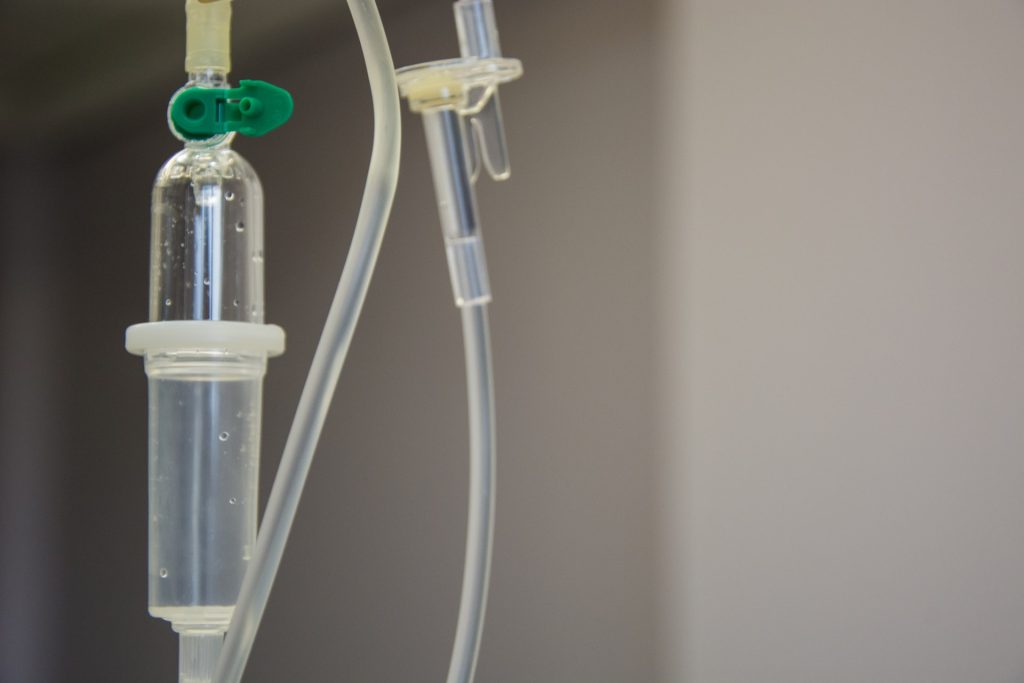Intravenous Iron is Faster and Better than Oral Form for Pregnant Women

Researchers found that an intravenous iron preparation, ferric carboxymaltose, works faster and better than an oral iron tablet taken by mouth for the treatment of anaemia, with comparable safety. The findings were published in Lancet Global Health.
Anaemia is a common cause of ill-health or death in mothers and their babies, especially in sub-Saharan Africa and South-East Asia where more than four out of ten pregnant women have the condition. A sizeable proportion of pregnant women in Nigeria proceed to giving birth while still anaemic despite taking iron tablet for prevention during pregnancy. Some reasons for this are that some women do not tolerate the tablets because of side effects like diarrhoea, nausea, or vomiting, or they forget to take the tablets. Available iron preparations given through drip in Nigeria like iron dextran have been associated with high risk of severe side effect, while iron sucrose needs repeat dosing. There is a need for an effective and safer alternative to overcome these problems.
A team of researchers in a recently concluded clinical trial, called the IVON TRIAL, tested ferric carboxymaltose, which is new in Nigeria and most of sub-Saharan Africa.
They compared the effectiveness and safety of this medicine with that of a popular tablet preparation, ferrous sulphate, which is currently being used to treat anaemia in Nigeria. They found that this new medicine given intravenously works faster and better for anaemia treatment than oral iron tablets; and it is as safe as the tablet.
The study enrolled 1056 pregnant women, aged 15–49 years, who were between five and seven-and-half months pregnant and had anaemia with haemoglobin measurement less than 10 g/dL.
“We used a web-based platform to assign them to treatment groups. Half of the women were treated with one dose of iron given in drip through the vein while half took iron tablets three times a day till they gave birth”, says Ochuwa A. Babah, a doctoral student at the Department of Global Public Health, Karolinska Institutet and one of the authors of the paper.
Their haemoglobin levels and iron levels were checked, and they were screened` for depression at specific time points. They were followed-up until six weeks after delivery to collect more data from mother and baby. Blood was collected from the baby’s cord at delivery to know if the medicine affected the baby’s phosphate level.
Works better for iron deficiency anaemia
Only one dose of iron (ferric carboxymaltose) given by drip through a vein during pregnancy causes a faster rise in blood level after four weeks compared to iron tablet taken by mouth three times every day. The drip iron also corrects low body iron better than iron tablets. The side effects of the drip iron are comparable to that with iron tablets, with no adverse effect on the babies.
“These findings are reassuring because pregnant women often reject new medicines because of fear of harm to their babies. We now have evidence that implementing the use of this new iron via drip (ferric carboxymaltose) in regions where many pregnant women suffer anaemia like Africa, will be a valuable step towards reducing the proportion of pregnant women who suffer from this condition and its complications”, says Ochuwa A. Babah and continues:
“The pregnant women were willing to accept iron via drip during pregnancy, supported by their families. The healthcare workers were ready to administer iron via drip but identified a need to increase staff strength and possibly medicine subsidy. We know from the clinical trial that the intravenous iron is effective and safe, so we are already liaising with the Federal Ministry of Health, Nigeria to add it to the essential drug list.”
Source: Karolinska Institutet





